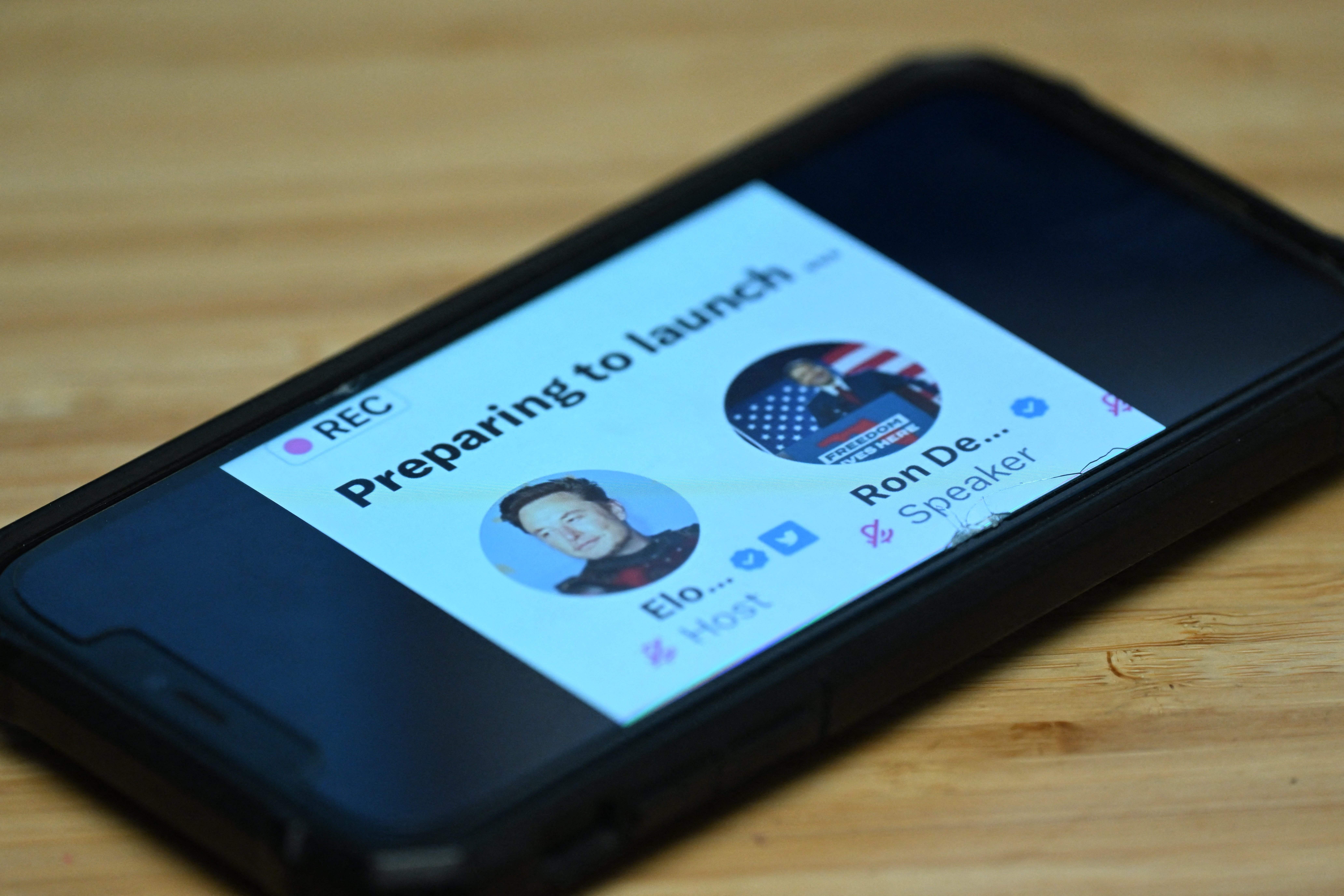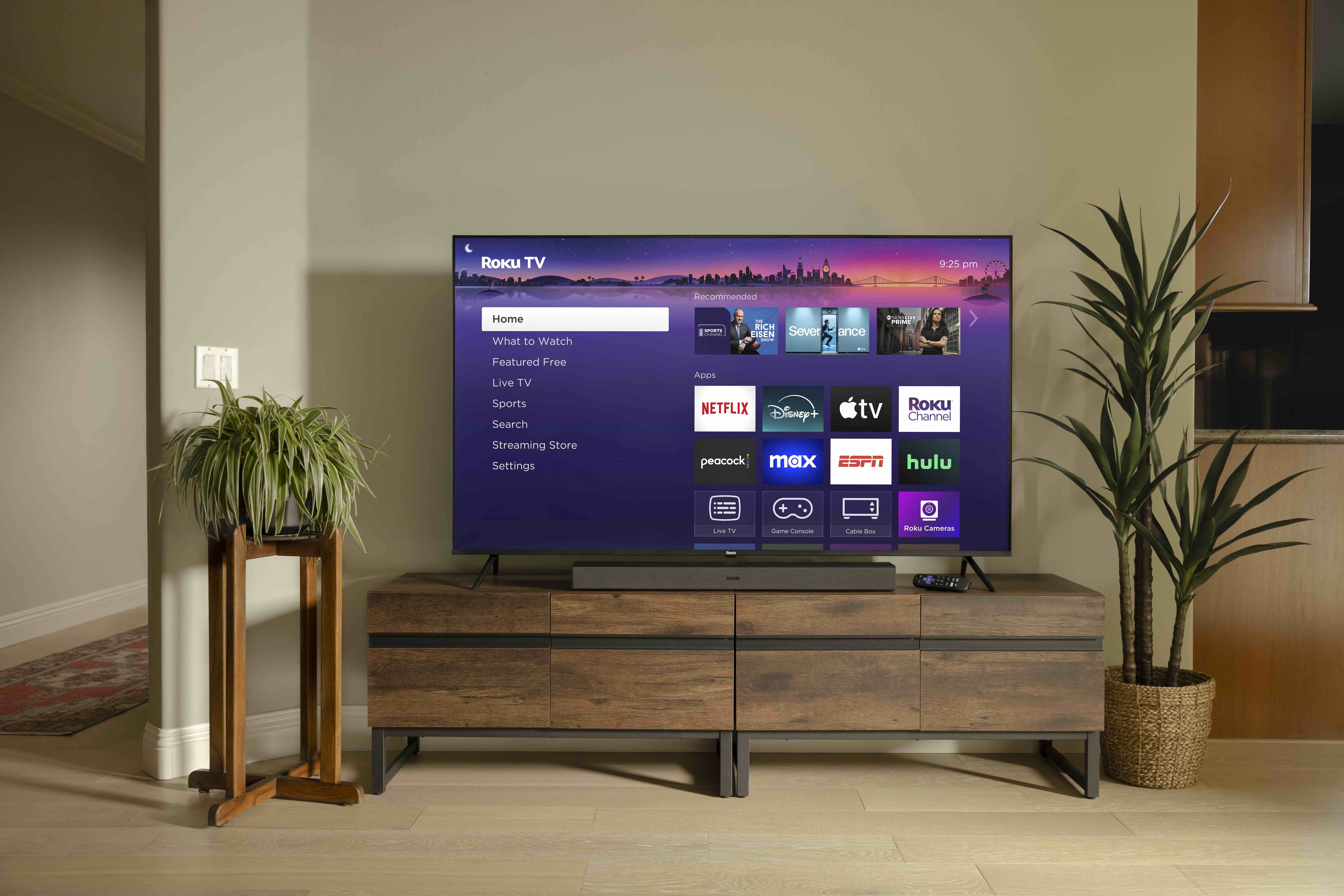DeSantis' Disastrous Twitter Launch Proves Traditional TV Ain’t Dead Yet
When it comes to live, nothing beats broadcast

Cord cutting has reached record levels as more viewers decide that on-demand streaming video is what they want to spend their time and money on. Pundits have been warning of the death of “traditional TV” (aka cable, broadcast and satellite) for years.
And yet, as was proven by last night’s disastrous Twitter experience when Florida Governor Ron DeSantis tried to break with tradition and announce his candidacy for President on a little known and little used audio platform, sometimes traditional TV is the only way to go.
As most of you know by now, the launch announcement on Twitter Space did not go well with constant crashes and glitches that caused the event to be delayed by almost a half hour. When the announcement finally came, it generally followed the prepared script but whatever the now Presidential candidate said was overwhelmed by media coverage of the technical problems (even from Republican-leaning Fox News).
And this was just audio. I don’t want to even think about what would have happened if they had tried to include video (and that was just talking heads).
Color us surprised. Anyone who thought this was going to go well hasn’t been following the news lately. The event was proof positive that not only has Twitter suffered under the auspices of a billionaire who decided to clean house of the social media giants’ technical staff, it also proved that when it comes to an event that can set the tone for your candidacy (and one of the few that said candidate has full control of), sometimes your best friend is traditional media.
In this case, it wasn't the message that made news, it was the medium.
Broadcasters (and cable operators as well) are required by law to provide a dependable signal to viewers. Broadcasters, in particular, have a crucial responsibility to their communities to keep citizens informed, especially in times of emergencies—Ford’s announcement this week that it would reverse its decision to eliminate AM radio in its cars was a glaring example of the importance of that responsibility.
Get the TV Tech Newsletter
The professional video industry's #1 source for news, trends and product and tech information. Sign up below.
Keeping the transmitters on (or the satellite or fiber links properly maintained) are a vital part of broadcasters’ commitment to their communities and to the nation. Unfortunately the field of broadcast engineering is facing a talent crisis that has been building for years, with more technicians choosing to go IT/IP than RF, understandable when you look at the going salaries.
It’s been said many times but we’ll repeat it again: when it comes to live, nothing beats broadcasts’ one-to-many technology vs. IP’s one-to-one connection every time.
Combined with the recent YouTube TV debacle, which caused many basketball fans to miss the final moments of the Celtics-Heat NBA playoff game, last night’s Twitter disaster is just the latest reminder that when you’re planning for what is perhaps the biggest event of your life (or career), nothing beats good ‘ole dependable traditional TV.
Tom has covered the broadcast technology market for the past 25 years, including three years handling member communications for the National Association of Broadcasters followed by a year as editor of Video Technology News and DTV Business executive newsletters for Phillips Publishing. In 1999 he launched digitalbroadcasting.com for internet B2B portal Verticalnet. He is also a charter member of the CTA's Academy of Digital TV Pioneers. Since 2001, he has been editor-in-chief of TV Tech (www.tvtech.com), the leading source of news and information on broadcast and related media technology and is a frequent contributor and moderator to the brand’s Tech Leadership events.

